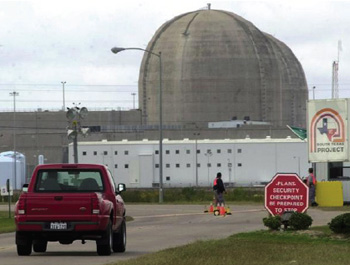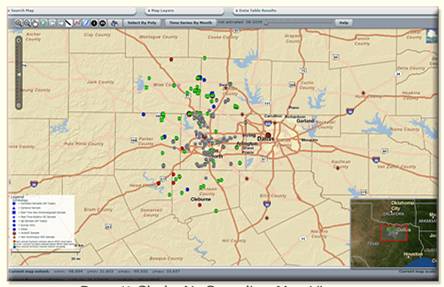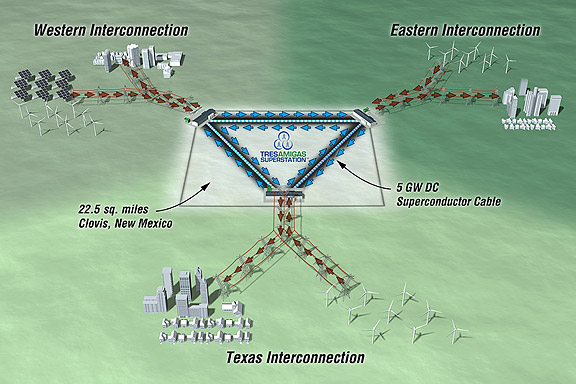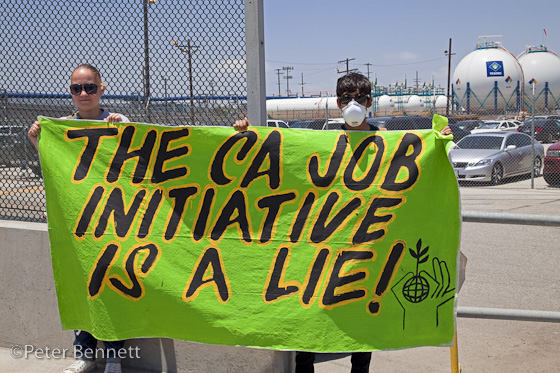Long thought to be the last commodity that can’t be saved for later use, large scale electrical energy storage is finally looking like a technology who’s time might have come.
Recently introduced the “Storage Technology of Renewable and Green Energy Act of 2010” Act (S. 3617) introduced by U.S. Senators Jeff Bingaman (D-N.M.), Ron Wyden (D-Ore.) and Jeanne Shaheen (D-N.H.) stands to finally get things moving in the energy storage development space.
To go along with that, the Texas Commission on Environmental Quality announced that they are taking applications for a Texas Emissions Reduction Program (TERP) new technology implementation grant (NTIG) on energy storage based on a bill that got passed last session (yes they did pass a few bills last session). Anyone that needs a cool 3 mil to get a project off the ground should consider applying as applications are due by September 17 and, if congress can get their act together, there might be a 20% tax credit to sweeten the pot.
Energy storage has been called the holy grail of renewable’s by members of the Leg and could potentially solve a bunch of technical issues on the Texas electrical grid depending on the technology implemented. Compressed air storage, fast acting flywheels, super conducting magnetic loops and all sort of different batteries each provide a different solution to various problems.
Grid stabilization is one that needs to be looked at in the near future. Using solid state electronics these storage solutions can react in fractions of a second (and less then one of the 60 cycles per second our electrical system runs on) to smooth the flow of electrons from the generator to your home and business and reducing the speed that a gas generator needs to react to an increase or decrease in load on the electrical grid.
Large scale storage will allow wind (which blows mostly at night in Texas) and solar to be stored and used when the energy is most needed (all though solar produces most of its energy at peak load already). Batteries, suitably placed like the one EET built in Presidio can reduce the need to build new transmission lines and substations. Lets hope our Legislators (both in Texas and at the federal level) can do something to move this new technology along. It can support the increasing amount of renewable’s we need to build, stabilize our electrical system and reduce emissions by making renewable energy available when we need it, and providing fast acting response when the grid needs a little extra juice, rather than firing up another gas turbine, or help us, a coal plant.
###
By promoting cleaner energy, cleaner government, and cleaner air for all Texans, we hope to provide for a healthy place to live and prosper. We are Public Citizen Texas.


 In Winter of 2008 a coal ash slurry pond in Tennessee broke its damn, contaminating miles of downstream waterways and people’s homes with deadly carcinogens and other toxic substances. At the time it was called the
In Winter of 2008 a coal ash slurry pond in Tennessee broke its damn, contaminating miles of downstream waterways and people’s homes with deadly carcinogens and other toxic substances. At the time it was called the 




 Today, Public Citizen and
Today, Public Citizen and 






